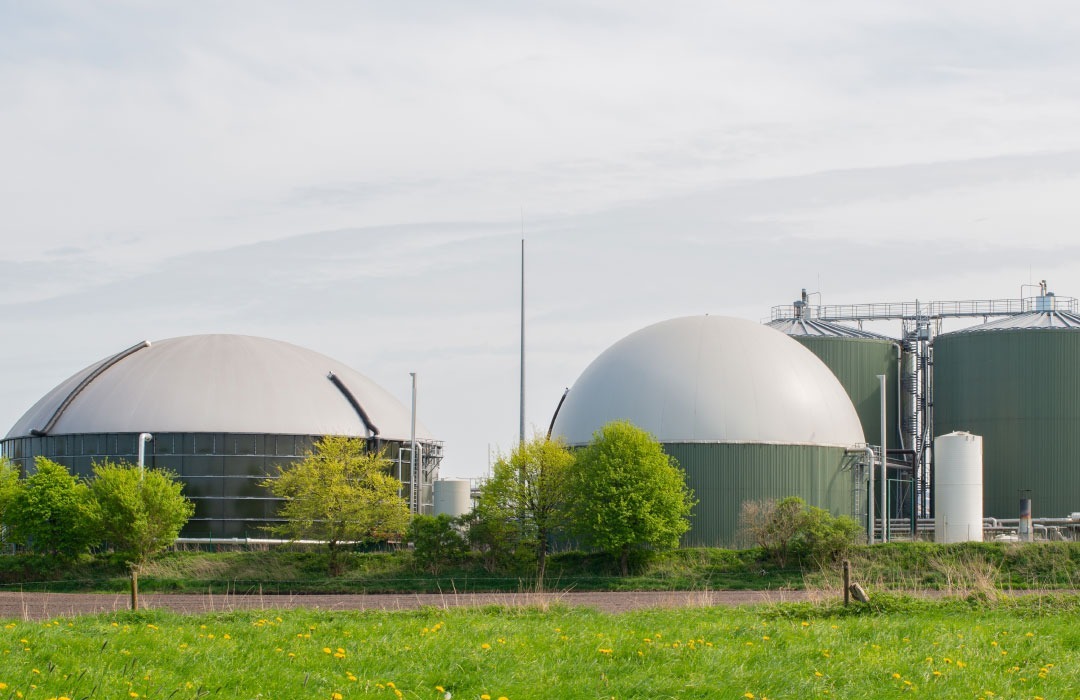At Projects Rh we work with companies, investors, registry agents and governments to ensure energy and environmental projects achieve targets which allow them to receive carbon credits which can be sold for revenue. Here, we tell you which carbon credits will change our world.
Background
Whether it is compliance or altruism, or perhaps a mix of both many organisations, especially today, a concern to understand the source of their carbon credits and where their money is going. They want to be able to show their customers, staff, shareholders and ever-increasing leave the media that not only have they met their requirements but that they are able to report that the projects they have spent their money on are actually good projects.
Most people in the carbon credits industry the concept of a good project is one which meets United Nations sustainable development goals of which there are 17. Pragmatically, organisations are now being a house asked to report on their sustainability and no doubt this will cause us to reflect upon our contributions and compliance with the 17 sustainable development goals which are aimed at transferring our world.
Introduction
Organisations and increasingly individuals care about their carbon footprint but more importantly what they are saying is they wish to contribute to a better world for future generations. Whilst originally the concept of carbon abatement and reducing carbon in the atmosphere totally what is focused on the so-called ‘” greenhouse’” effect the concept has become much wider as people are seeking social justice for all. The very principles that have been enunciated see energy as part of a global solution. The issue of energy, and its pricing, reflect broad social and geopolitical issues. The world’s haves and have-nots are often caused by their natural environment giving them access to low-cost energy. There is now broad community recognition, or acceptance, that this cheap energy may not have been as cheap on a global basis as we saw it on an individual basis.
Humankind has now established certain essential social responsibilities which apply a global basis. It is not a matter of individual acceptance but rather the fact that it has broad community support and that businesses operate under a social license and therefore must comply with the requirements of the community in which they operate. It is well-known that failure to do so will result in either taxes or legislation, perhaps both, to ensure compliance is achieved.
The community rethink
in September 2015, General Assembly of the United Nations adopted an agenda for the world it saw in 2030. It was a recognition that we needed to have a plan for global sustainable development. This required a plan for all with nobody being left behind. It was a recognition that we all breathe the same global air and are reliant on the world oceans and forests for our very survival. This saw a recognition for people needed to be included in the further development of the world this meant we needed to include people with disability as well as less-developed countries so that we all shared the fruits of global increase in prosperity. Concept of disability is not limited to physical but rather is wide ranging and looks to the environment in which people live, there access to education, the ability to find work and accessible to a reasonable level of living including accommodation. In short, a series of Global Sustainability Goal (SDG) were developed. The programs aim is inclusion of people with any of the disabilities defined above. Project was given 15 years to gain global acceptance with the aim of it being mainstream thinking by 2030.
Key objectives of the plan is developed by the United Nations are:
- Raise awareness of the 2030 Agenda and the achievement of the SDGs for persons with disabilities;
- Promote an active dialogue among stakeholders on the SDGs with a view to create a better world for persons with disabilities; and
- Establish an ongoing live web resource on each SDG and disability.
What are the 17 SDGs:
The 17 sustainable development goals (SDGs) to transform our world:
GOAL 1: No Poverty
GOAL 2: Zero Hunger
GOAL 3: Good Health and Well-being
GOAL 4: Quality Education
GOAL 5: Gender Equality
GOAL 6: Clean Water and Sanitation
GOAL 7: Affordable and Clean Energy
GOAL 8: Decent Work and Economic Growth
GOAL 9: Industry, Innovation and Infrastructure
GOAL 10: Reduced Inequality
GOAL 11: Sustainable Cities and Communities
GOAL 12: Responsible Consumption and Production
GOAL 13: Climate Action
GOAL 14: Life Below Water
GOAL 15: Life on Land
GOAL 16: Peace and Justice Strong Institutions
GOAL 17: Partnerships to achieve the Goal
most of these goals meet the expectations of our community members. In effect is a shared burden to allow a quality in its broadest senses for people which are otherwise disadvantaged and/or disabled.
Goal 13 – Climate Action
under this heading five targets have been established:
Targets
Strengthen resilience and adaptive capacity to climate-related hazards and natural disasters in all countries
- Integrate climate change measures into national policies, strategies and planning
- Improve education, awareness-raising and human and institutional capacity on climate change mitigation, adaptation, impact reduction and early warning
- Implement the commitment undertaken by developed-country parties to the United Nations Framework Convention on Climate Change to a goal of mobilizing jointly $100 billion annually by 2020 from all sources to address the needs of developing countries in the context of meaningful mitigation actions and transparency on implementation and fully operationalize the Green Climate Fund through its capitalization as soon as possible
- Promote mechanisms for raising capacity for effective climate change-related planning and management in least developed countries and small island developing States, including focusing on women, youth and local and marginalized communities.
Goal 7:: l Ensure access to affordable, reliable, sustainable and modern energy for all
Targets
under this heading five targets have been established:
- By 2030, ensure universal access to affordable, reliable and modern energy services
- By 2030, increase substantially the share of renewable energy in the global energy mix
- By 2030, double the global rate of improvement in energy efficiency
- By 2030, enhance international cooperation to facilitate access to clean energy research and technology, including renewable energy, energy efficiency and advanced and cleaner fossil-fuel technology, and promote investment in energy infrastructure and clean energy technology
- By 2030, expand infrastructure and upgrade technology for supplying modern and sustainable energy services for all in developing countries, in particular least developed countries, small island developing States, and land-locked developing countries, in accordance with their respective programmes of support
What and where are the new carbon credits?
This has placed combined impact of climate and energy goals have seen programs established by agencies such as Gold Standard and Verra the grade project on how they meet the broader requirements of the global community.
Is agencies of established a series of verified programs which require the program sponsor to have an independent environmental report prepared engage a registry sponsor for it to be independently reviewed and registered. The different programs in our mind provide grading and are reflected in price differentials. Many of the higher-priced programs are entered into at risk and many of those risks are natural such as bushfires and droughts where a rREDD+ project cannot be measured to be awarded the carbon credit as it was intended to produce and in effect when there are no carbon credits investors in the project get nil return, this includes the local people who own the land and work on the projects. Nevertheless, many of these projects to proceed with capital from parties proud to be associated with the initiative.
Economic Transfer
investment in the animal development, REDD+ projects and other natural Carbon offset projects plus the purchase of carbon credits, brings an economic transfer of wealth predominantly from the developed world to the underdevelopment under the developed world. This statement is possible because many in the developed world need to demonstrate that they are promoting their business is moving to net zero emissions. The carbon credits they would like are not available locally so they need to go to less-developed parts of the world for countries like Australia with large areas of land, to purchase carbon credits. Carbon credits now have become like another good with a market price which needs to be paid for.
What does this mean in practice.
The team at Projects RH a highly practical and have experience in such energy projects. They can see and are working on the opportunities of the future. Our activities include working with carbon projects which are looking at the development of regeneration of the natural environment and REDD+ opportunities
to get these projects to meet the requirement to get issued with voluntary natural carbon credit status we have had to demonstrate that the projects meet the majority of Prince outlined in the 17 SD gees. In particular our teams have to work with local indigenous people and ensure that the people we deal with actually have the rights to the land and will maintain the land as per the environmental plan which has been submitted to the register. Carbon credits are issued at the end of the year and after an audit by an independent party. The credits are then available for sale. People are needing to invest to establish the project and to provide at least 13 months of working capital as well as funding the registrar and independent reports.
Part of what needs to be done is also to see the empowerment of women and minorities; we need also to ensure that the money finds its way to the right people and is used for the development of the entire community and not just selected leaders. Surplus funds can be used and should be used for community development which includes health and education. In this process is also important to see that women are empowered and protected.
We are also seeing and working with parties in the voluntary natural carbon credit market (VNCC). Our team in Cali Colombia currently being led by Jaime Fernandez I working on a national survey to understand where in Colombia lie the opportunities for VNCC. VNCC generally require that an are currently environmentally pristine area is about to be developed. This area currently captures CO2
Conclusion
compliance with SDGs the basis for achieving a return on the investment in the generation of future carbon credits. Remembering the price of carbon credits is broadly set in an over-the-counter market people are willing to pay for carbon credits of which they are proud to be associated with. This prize includes and in many cases focuses upon the company been the purchaser of the carbon credits being able to say I have invested or am associated with this or those project(s).
Our team based in Cali Colombia are currently working to establish a natural carbon credit project on the Pacific coast of Columbia. These Forester marshlands are not easy to access and frankly there are no roads so I commend the team for their willingness to basically go into the jungle and understand the opportunity. They have a hard message to sell for we believe the outcome will be win-win win for the environment the community and ourselves. What we can say is that the community leaders are willing to embrace the process because they see the opportunity for the community and that is the very essence of what the EDG principles are a part in why organisations will pay a premium for such carbon credits.
Paul Raftery – CEO Projects RH – based in Sydney
Source: https://www.un.org/development/desa/disabilities/envision2030.html




